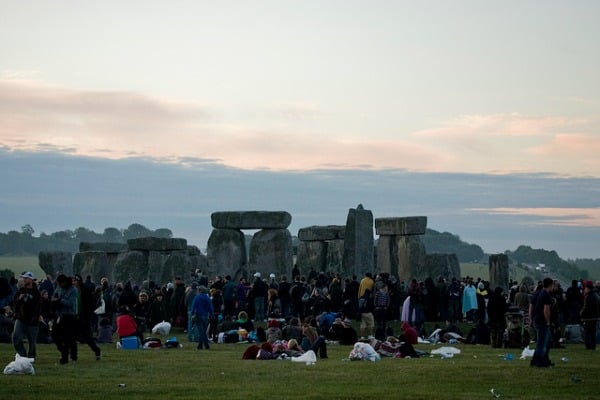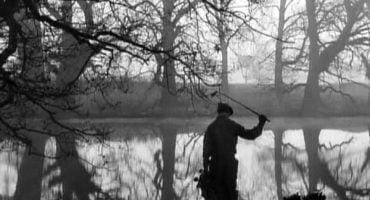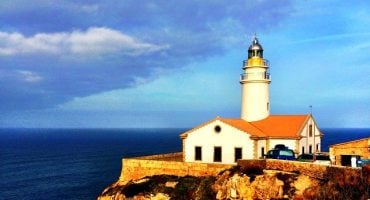This is a guest post by Daniel Callis from C4Caravans.
On Friday 21st June, tens of thousands of people descend to Stonehenge in Wiltshire to mark the 2013 Summer solstice – the longest period of daylight of the year before the nights start gradually setting in earlier.

The Stonehenge monument is renowned for being surrounded by mystery, from its function in prehistoric Britain to the building techniques used in its construction by a more primitive society. However, it is strongly believed from the alignment of the stones as well as the surrounding area that the structure was used as an ancient calendar – marking the points at which the sun set throughout the year.
But what exactly does this have to do with the British Holiday maker?
In terms of British pastimes and traditions, tourism as we know it today is still young in comparison to many things we consider a leisurely staple of life. Up until around the 1700s, with the exception of pilgramages, most travelling was done in pursuit of business or alternative living as opposed to leisure and relaxation. Over the last 300-or-so years things have changed gradually and excelled during the 20th century, but before the 1700s leisurely travel was so exclusive that little industry existed around it.
However, it may be surprising to know that nationwide leisurely gatherings are actually believed by historians to have been happening as early as 2500 B.C.
In 2012, extensive research on remains found around Stonehenge unearthed a huge missing part of the puzzle surrounding the mysteries of the prehistoric site. Evidence suggests up to one tenth of the population would travel from as far as Scotland for the Summer and Winter solstices to partake in festivities. These are believed to have involved an epic feast at a nearby settlement, before heading towards the Stonehenge site to pay respects to the significant deceased buried around the monument.
Was this the first sign of the leisurely travel and tourism on the British Isles? We’ll let you decide.
The infographic below produced by C4Caravans highlights this, as well as all other significant turning points in the UK tourism, leading up to the travel industry today.




